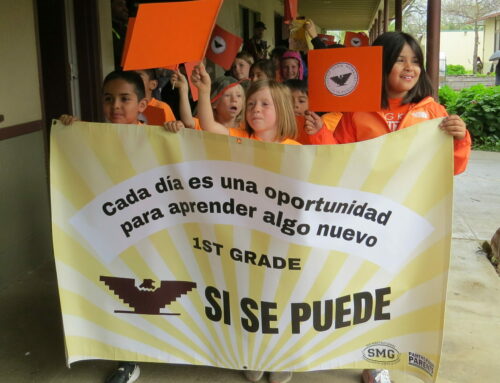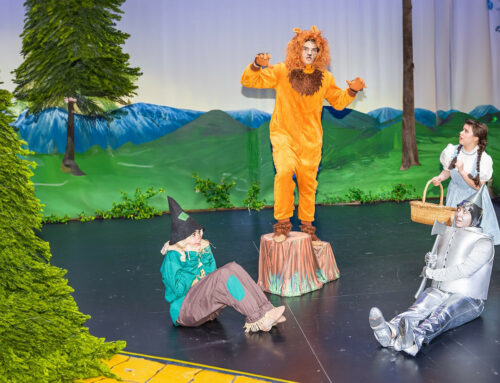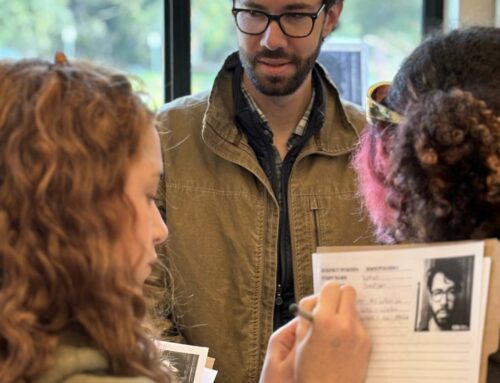Published in the August 6 – 19, 2014 issue of Morgan Hill Life
Morgan Hill youngsters will be heading back to the classrooms next week, and some of these students will be part of an innovative adventure in learning as two Morgan Hill Unified School District schools — P.A. Walsh and San Martin Gwinn elementary schools — this summer transformed into science-focused magnet campuses.
The trend toward schools specializing started in the district two years ago when the academically-struggling Jackson Elementary School was transformed into Jackson Academy for Math and Music. Under the leadership of Principal Patrick Buchser, JAMM engages students in academic excellence through the discipline of mathematical thinking and the artistic creativity of playing musical instruments.
On Aug. 14, P.A. Walsh will open its doors as a STEAM school — science, technology, engineering, art, and math — and San Martin Gwinn will welcome students as an environmental science school. Progressive-thinking principals Teresa Sermersheim of P.A. Walsh and Claudia Olaciregui of San Martin Gwinn are the right leaders to helm these exciting changes at their respective campuses.
Silicon Valley is a region of the world that built its dynamic economy by the brain-power of men and women who dare to dream big in the high-tech arena. Many of these entrepreneurs gained their passion for science and technology when they were young people in elementary, middle and high school.
Scientific literacy, according to the United States National Center for Education Statistics, is “the knowledge and understanding of scientific concepts and processes required for personal decision making, participation in civic and cultural affairs, and economic productive.” Our national scientific literacy level as a nation has grown substantially during the past quarter century. In the late 1980s, about 10 percent of Americans qualified as scientifically literate. Today, about 28 percent of Americans meet the criteria.
Although the numbers are rising, far too many Americans still lack a basic understanding of science. It’s scary to consider that too many of these scientifically illiterate citizens have been elected to political office on a state and national level where they are in positions of deciding policy and laws relating to crucial scientific issues.
Earlier this year, the National Science Foundation released a poll in which it surveyed 2,200 Americans with 10 basic questions about physical science and biology. The average score was 6.5 out of 10. One of the poll’s questions asked about the movement of our planet in relation to the Sun. The NSF found that 26 percent of the people responding believe the Sun revolves around the Earth, an idea that science abandoned centuries ago.
In comparison with many other nations, American students are mediocre in their knowledge of science. The most recent results showed that students in the United States rank 21st and 26th in science and math respectively.
We applaud the forward thinking initiative in challenging students with math, science and artistic learning endeavors and look forward to seeing how the three magnet schools evolve. Although the majority of students at both campuses most likely won’t go on to careers as scientists or engineers, we hope they will have learned many of the skills a scientifically-literate person possesses. They will be able to understand experiment and reasoning. They’ll be able to identify the science underlying issues of political importance and express opinions that are informed by scientifically and technologically reliable facts. We especially hope they’ll develop a life-long curiosity about science.






